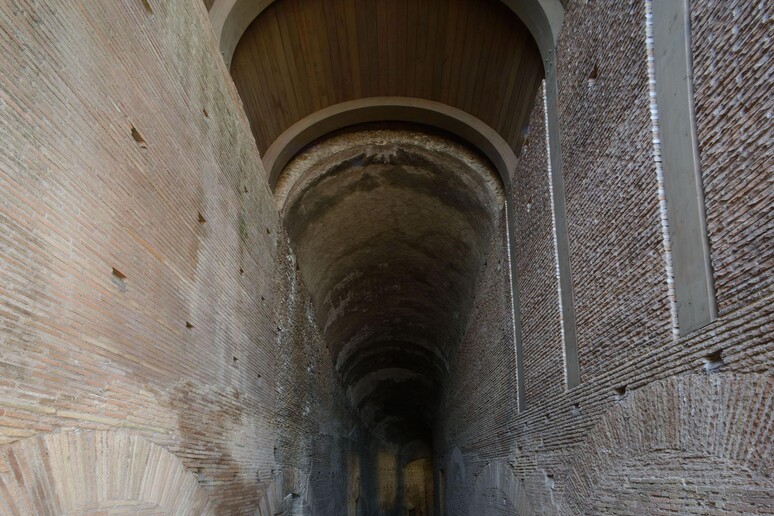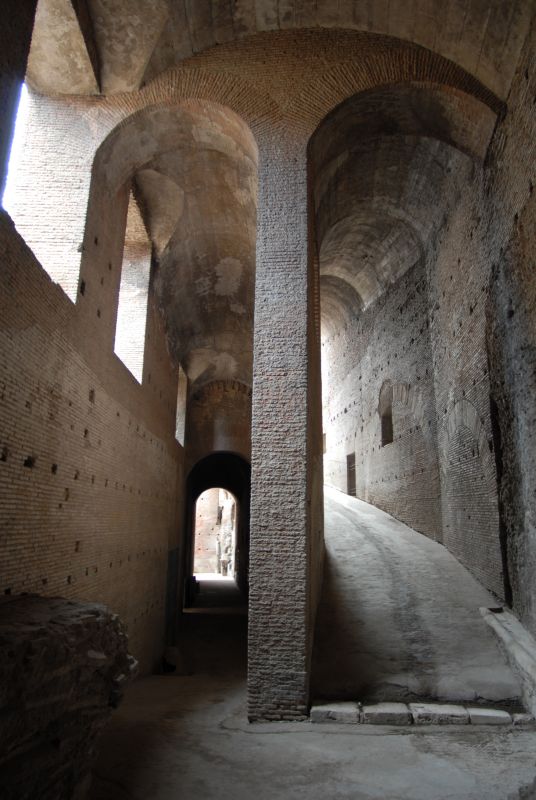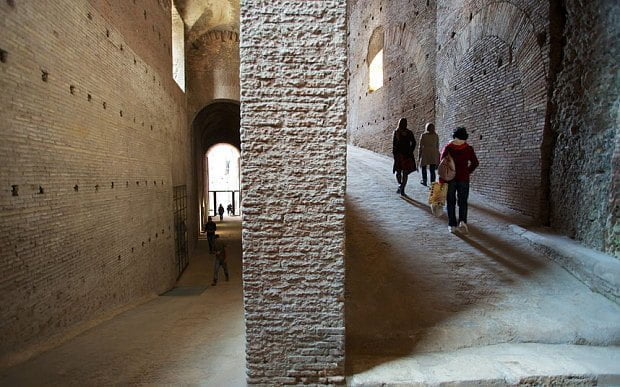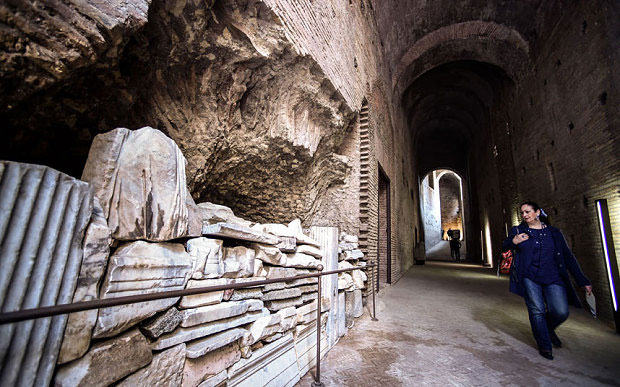Introduction
The Imperial Ramp of Domitian is one of ancient Rome’s most fascinating yet lesser-known structures. Built in the 1st century AD, it served as a private, covered passageway connecting the Roman Forum to the imperial palaces on Palatine Hill. This monumental ramp symbolized the emperor’s authority, allowing him to move between the political and residential heart of the empire without being seen by the public.

A Grand Corridor of Imperial Authority
The Imperial Ramp was not just a functional pathway—it was a statement of power and exclusivity. Measuring nearly 200 meters in length with a 40-meter elevation change, the ramp was a feat of Roman engineering, designed to emphasize the emperor’s supremacy.

The passage consisted of multiple levels, featuring a series of vaulted corridors with massive stone walls and archways. These corridors provided a gradual ascent to the Palatine palaces, ensuring that the emperor could traverse from the Forum to his residence with ease and security. The covered nature of the ramp protected him from the elements and kept his movements hidden from the general populace.
Rediscovery and Medieval Transformation
Though the Imperial Ramp was discovered in 1900, it remained largely inaccessible for over a century. During excavations, archaeologists found that the passage had undergone significant changes during the Middle Ages. One of its large halls was repurposed into the Oratory of the Forty Martyrs, an early Christian place of worship within the Roman Forum. This adaptation highlights how ancient Roman structures were continuously reused and transformed over time, reflecting the city’s evolving religious and social landscape.

Restoration and Public Access
In 2015, after extensive restoration, the Imperial Ramp of Domitian was reopened to the public. Today, visitors can walk through this historic corridor, retracing the steps of emperors who once ruled the empire. The ramp offers a unique glimpse into the architectural brilliance of ancient Rome and serves as a powerful reminder of how the emperors maintained both their physical and symbolic dominance over the city.

Conclusion
The Imperial Ramp of Domitian is more than just a passage—it is a testament to imperial power, Roman engineering, and historical continuity. From its role as a secretive route for emperors to its medieval transformation and modern-day restoration, the ramp stands as a bridge between antiquity and the present, allowing us to walk in the footsteps of history.

